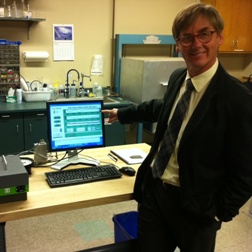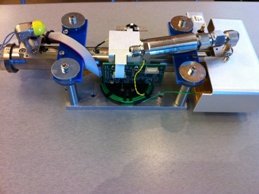Major partnership is said to be the most ambitious of its kind
Up to now, tracking greenhouse gas emissions around the world has been a patchwork affair for scientists. But if it lives up to its hype, a new partnership with roots in California will mean a much more accurate picture of the heat-trapping gases that cause global warming.

Currently, scientists rely on a few dozen sampling stations to continuously monitor greenhouse gases around the globe.
But now, the Scripps Institution of Oceanography is teaming with a private-sector initiative to build the world’s most comprehensive network yet, for tracking carbon around the globe.
Earth Networks, a firm best known for supplying weather technology to TV stations, is investing $25 million in new technology to establish the system in partnership with Scripps, which is part of UC San Diego.
Scripps scientists will advise and help design the system, while Earth Networks funds a new research center for climate science at Scripps.
The company is using greenhouse gas analyzers from Sunnyvale-based Picarro Instruments. The devices sample the air, converting the data into a picture.

“One of the challenges with getting people to be aware of emitting greenhouse gases is that you can’t see them, you can’t smell them, says Scripps climate scientist Ralph Keeling. “They’re out there, but how do you believe that they’re there or do anything?”
Keeling says much of the data currently collected by scientists is limited to longer-term studies.”This is going to make them more visible to people by providing visualization,” he said. “Not in your front yard but on the web of your whole region.”
Keeling — and yes, he’s son of pioneer carbon tracker Charles Keeling, father of the Keeling Curve — says the new network of a hundred devices around the globe will more accurately quantify and map greenhouse gas emissions — and track trends within a shorter time frame.
Picarro CEO Michael Woelk says the planned network represents the biggest contract yet for his company, which also supplies CO2 trackers to the California Air Resources Board and to federal agencies.
Ed Joyce of KPBS in San Diego provided the on-site reporting for this post.
